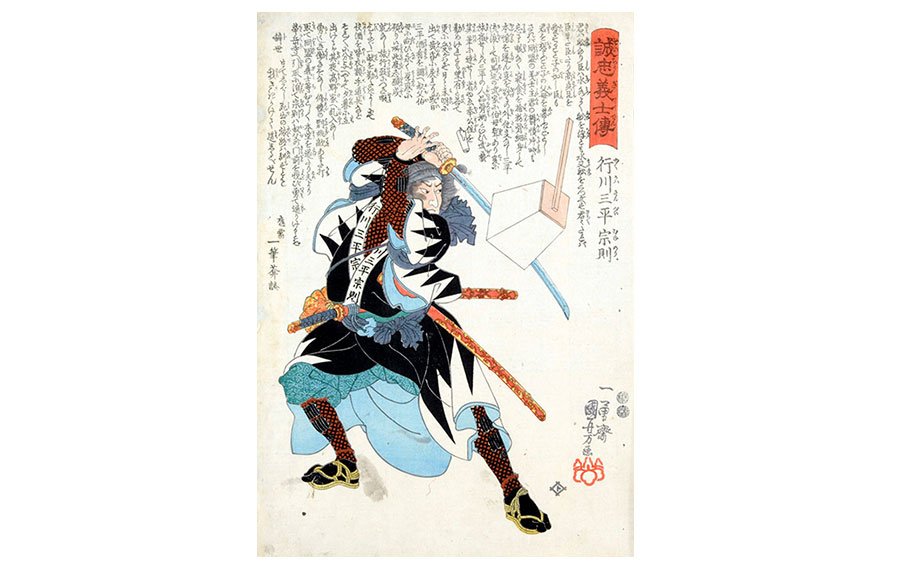Japanese printmaking began, functionally, with official document seals and with Buddhist images and scriptures distributed to pilgrims visiting temples. By 1700, a market developed for affordable stand-alone depictions of the “floating world” (ukiyo) of fleeting pleasures.
With the opening of Japan’s borders to trade with Europe and America in the late 19th century, the rest of the world became fascinated with traditional Japanese woodblock prints. The sense of space, color and pattern and the glimpse of a distant time and place shown in these prints continue to captivate audiences today.
Greater international exposure inspired some artists to travel abroad and study Western styles, subjects, and techniques. Today, Japanese artists are an integral part of the diverse, global printmaking community, bringing a long artistic heritage to thoroughly contemporary work.
This selection of 30 prints from the KIA collection illustrates the flowering of Japan’s printmaking culture from the 17th to the 21st century, and includes woodblock prints by Hiroshige and Utamaro, who first captivated 19th-century Western artists, and modern and contemporary etchings, aquatints, and woodblock prints.
Japanese prints were among the earliest gifts that established a collection at the Kalamazoo Institute of Arts. Since then, numerous donors have contributed works from their private collections. The Joy Light East Asian Art Acquisition and Exhibition Fund has enabled the KIA to make additional purchases, and this exhibition is supported by the Joy Light Fund.
